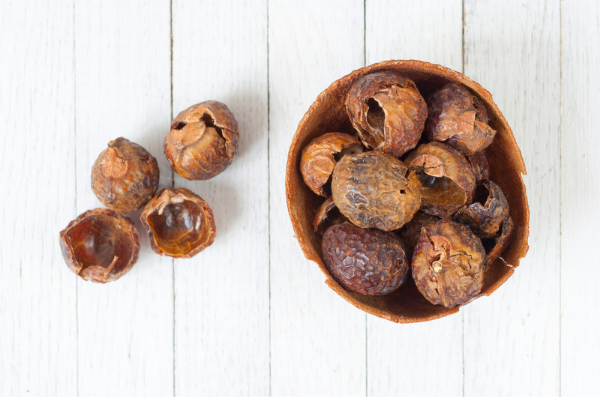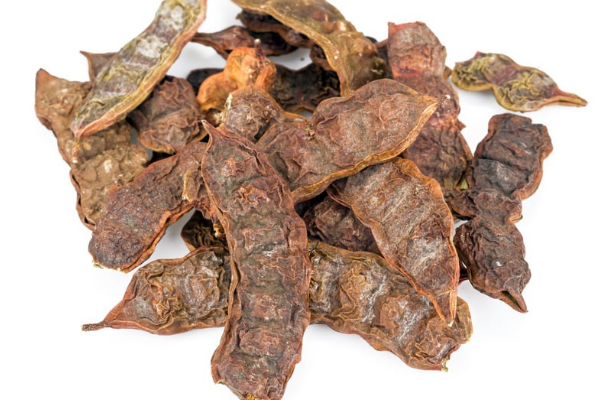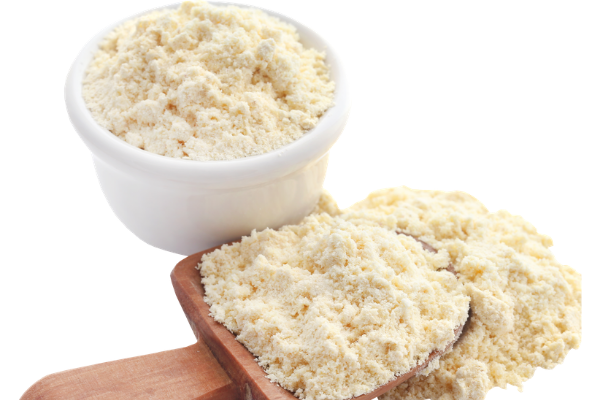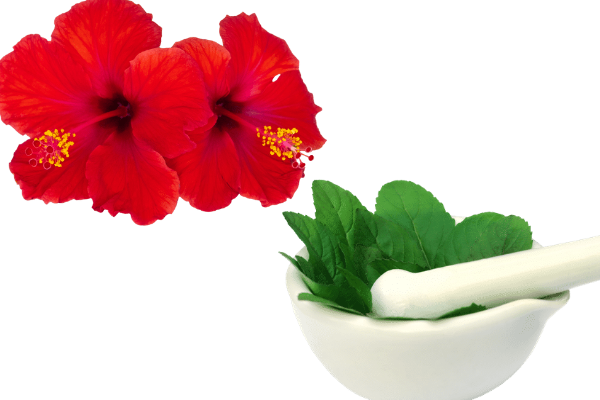Hair Wash Before shampoo
Before shampoos became a staple in hair care routines, people relied on natural ingredients to keep their locks healthy, shiny, and strong—whether they had curly or straight hair. The question often arises: What secrets did our ancestors use to achieve such luscious tresses before the era of shampoo and conditioner? Let’s dive into the natural hair care practices of the past and uncover the traditional ingredients they used for hair washing before shampoos took over.
Soapnuts

How People used ‘Soapnuts’ for Hair Wash?
- They actually take the required amount of soapnuts for hair wash
- Smash them with a hard object to release their saponins
- Mix the smashed soapnuts with water to create a lather
- and then use this natural cleanser to wash their hair every time
Benefits
Shikakai

Shikakai, similar to soap nuts, contains saponins that effectively cleanse the scalp. Traditionally, people would dry Shikakai and grind it into a powder to use as a natural shampoo. This ancient practice has given way to modern Shikakai-based shampoos, which have become popular for their benefits. Our ancestors leveraged the advantages of Shikakai, and its popularity endures today.
How people used ‘Shikakai’ for Hair Wash?
- They would dry the Shikakai fruits thoroughly
- Once dry, they’d grind the Shikakai into a fine powder
- This powder would often be combined with other natural ingredients, like soap nuts or other herbal powders
- Finally, they’d mix the powder with water and use it as a natural shampoo to wash their hair
Benefits
Gram Flour

Yes, soap nuts were indeed used to wash hair in the early days due to their saponin content, which gently cleanses the hair and scalp. In fact, soap nuts were used for full-body cleansing, from head to toe, thanks to their numerous benefits. It might surprise some, but this practice remains true even today in certain areas where soap nuts continue to be a popular choice for hair washing.
How people used ‘Gram flour’ for Hair Wash?
- They’d mix gram flour with a little water or oil to create a paste
- The paste would be applied to the hair and gently scrubbed all over
- It would be left on for a few minutes before proceeding with a full-body wash
- Finally, they’d rinse their hair and body with water, completing the cleansing process
Benefits
Hibiscus and Tulsi leaves Paste

Hibiscus and Tulsi leaves paste is a natural remedy that some people still use today for hair care. This ancient practice involves mixing the paste with Shikakai powder to create a nourishing hair wash. Inspired by Ayurvedic traditions, people would apply this mixture to their hair, leave it on for a few minutes, gently scrub, and then rinse. This blend is believed to promote healthy hair, and its natural ingredients make it a popular choice for those seeking chemical-free hair care.
How people used ‘Hibiscus and Tulsi’ for Hair Wash?
- They’d collect Hibiscus leaves, add a little water, and grind them into a paste
- Mixing with Shikakai or soap nuts*: The paste would be mixed with a small amount of Shikakai powder or soap nuts, and some more water would be added to achieve a liquid paste consistency
- After wetting their hair, they’d apply the paste, scrub it all over, and then rinse it off with water.
Benefits
Conclusion
These are some of the traditional methods people used to wash their hair, varying across countries and cultures earlier. Ayurvedic powders like Shikakai, Hibiscus, and Tulsi were popular choices before modern shampoos. These ancient practices laid the groundwork for today’s hair care products, which often draw inspiration from natural ingredients. Now, we see a wide range of products bearing names like Hibiscus, Tulsi, Shikakai, and soap nuts, showing how traditional wisdom continues to influence modern hair care.
Check here to find 👉🏾 Naturally made ‘Orange peel powder’ face packs


Pingback: Viral Korean Face Mask Recipes for Glowing and Hydrated Skin